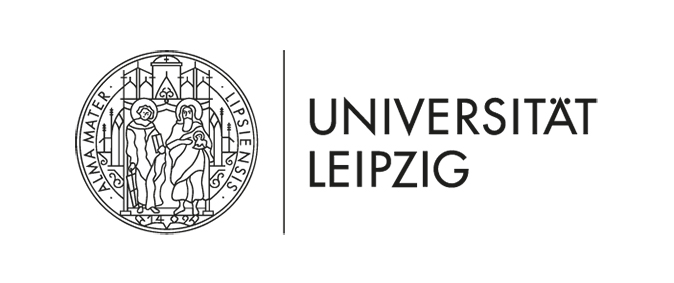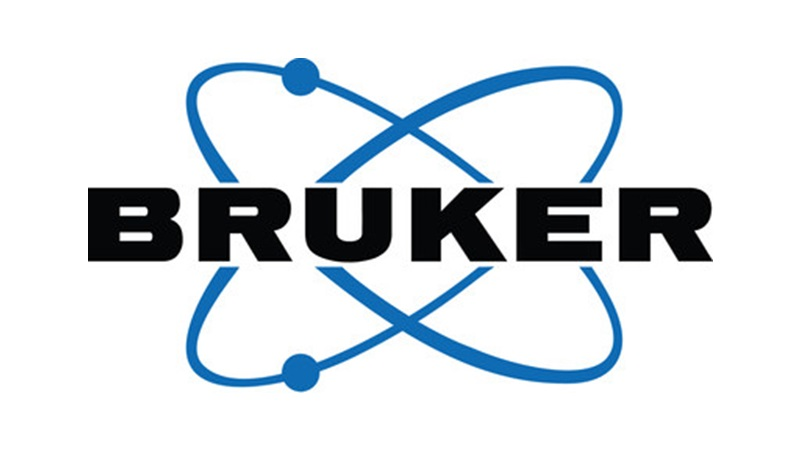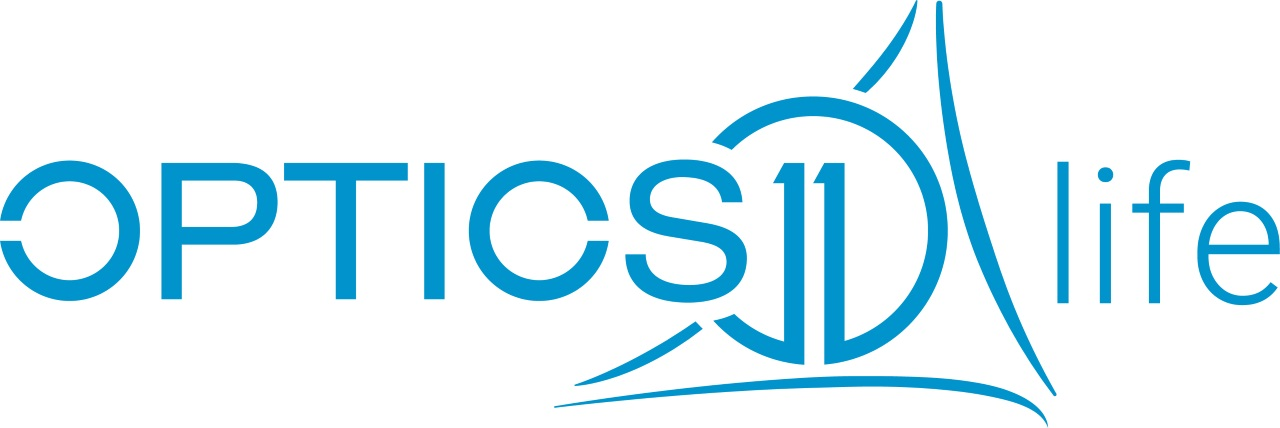| 13:00 – 15:30 |
P O S T E R S E S S I O N
YOUNG SCIENTIST AWARDS
|
| 1 |
Frictiotaxis underlies adhesion-independent durotaxis
Ricard Alert
(Max Planck Institute for the Physics of Complex Systems, Dresden, Germany) |
| 2 |
Role of nuclear mechanics in the regulation of EMT in pancreatic cancer cells
Ona Baguer
(Institute for Bioengineering of Catalonia (IBEC), Barcelona, Spain) |
| 3 |
Tissue fluidification in pathophysiology: contact percolation sets phase transition and genetic rewiring in heterogeneous breast cancers
Leonardo Barzaghi
(The AIRC Institute of Molecular Oncology, Milan, Italy) |
| 4 |
Discovering physical parameters that influence cancer metastasis
Klara Beslmüller
(LACDR Leiden University, Leiden, The Netherlands) |
| 5 |
Cluster formation of motile cells at the onset of cancer metastasis
Quirine J. S. Braat
(Eindhoven University of Technology, The Netherlands) |
| 6 |
Mechanical characterization of migrating cancer cells in a 3D-1D tumor like model
I Chen
(University of Heidelberg, Germany) |
| 7 |
Electrodynamic Forces Driving DNA-Protein Interactions at Large Distance
Elham Faraji
(Forschungszentrum Jülich, Germany) |
| 8 |
Studying the mechanical and morphological phenotype of prostatic cancer-associated fibroblasts
Antje Garside
(TU Dresden, Germany) |
| 9 |
Analysis of biomechanical properties of healthy and cancerous prostate cells under normoxic and hypoxic growth conditions
Charlotte Gessinger
(Fraunhofer Zentrum für Mikroelektronische und Optische Systeme für die Biomedizin MEOS, Germany) |
| 10 |
State of Cell Unjamming correlates with distant Metastasis in Cancer Patients
Pablo Gottheil
(Leipzig University, Germany) |
| 11 |
Interaction of laminin and brain cells with ion implanted titania nanotube scaffolds
Jan Frenzel
(Leibniz Institute of Surface Engineering; Division of Biocompatible and Bioaktive Surfaces, Germany) |
| 12 |
Evaluation of physical and biological tumor characteristics in glioblastoma
Mani Sankari Kumaravadivel
(German Cancer Research Center (DKFZ), Germany) |
| 13 |
Deciphering the role of RAB5A-mediated tissue fluidification in cancer spheroid dynamics and their mechanical properties
Grégoire Lemahieu
(Max Planck Institute for Medical Research, Germany) |
| 14 |
Monitoring biophysical changes of tumor cells in confining 3D microenvironments: From single cells to multicellular structures
Vaibhav Mahajan
(TU Dresden, Germany) |
| 15 |
Force-biased nuclear import sets nuclear-cytoplasmic volumetric coupling by osmosis
Paolo Maiuri
(Federico II University of Naples, Italy) |
| 16 |
Immune cells employ intermittent integrin-mediated traction forces for 3D migration
Christoph Mark
(FAU Erlangen-Nuremberg, Germany) |
| 17 |
Mechanical properties of the premature lung
Jonas Naumann
(Leipzig University, Germany) |
| 18 |
Competition for space in tumors: Does dead matter matter?
Yoav G. Pollack
(University of Göttingen, Germany) |
| 19 |
Mechanosensing regulates immune killer cell-mediated immune surveillance
Bin Qu
(Saarland University, Germany) |
| 20 |
Viscoelastic properties of colorectal liver metastases reflect the tumor cell viability
Lisa-Marie Skrip
(Charité Berlin, Germany) |
| 21 |
Coarse-grained computational models of cancer metabolism and cellular growth
Ralf Steuer
(Humboldt University of Berlin, Germany) |
| 22 |
Tangential diffusion and motility-induced uncaging in growing spheroidal cell colonies
Torben Sunkel
(Max Planck Institute for Dynamics and Self-Organization, Göttingen, Germany) |
| 23 |
Identification of GB3 as a novel target for the alternative vasculature in neuroblastoma using a stiffness-based model
Aranzazu Villasante
(Institute for Bioengineering of Catalonia (IBEC), Spain) |
| 24 |
Vascularized neuroblastoma-on-a-chip
Aranzazu Villasante
(Institute for Bioengineering of Catalonia (IBEC), Spain) |
| 25 |
Surviving under pressure: mechano-metabolic regulation of cell density homeostasis
Kristina Havas
(IFOM ETS The AIRC Institute of Molecular Oncology, Italy ) |
| 26 |
Probing and analyzing the activity of brain organoids with advanced high-density microchip technology
Dennis Röhrig
(3Brain AG) |
| 27 |
Exploring the biophysical properties of hepatocellular carcinoma in an orthotopic mouse model through in vivo elastography
Pedro Augusto Dantas de Moraes
(Charité Universitätsmedizin Berlin, Germany) |









